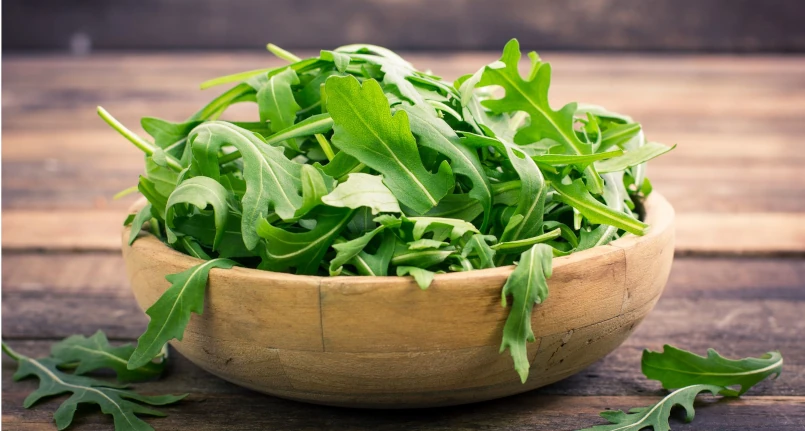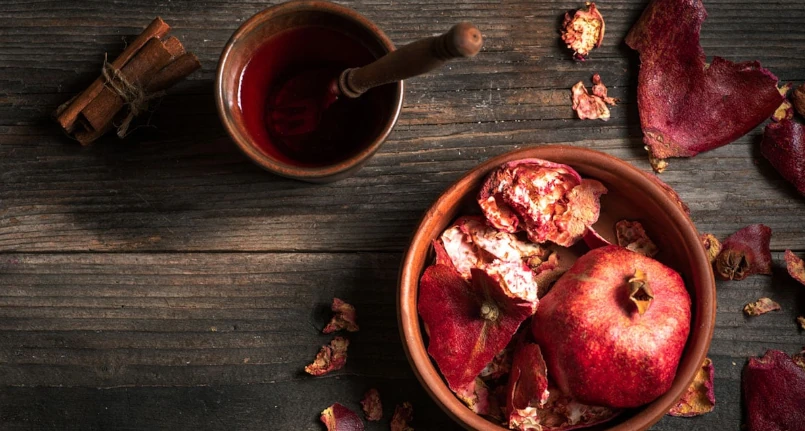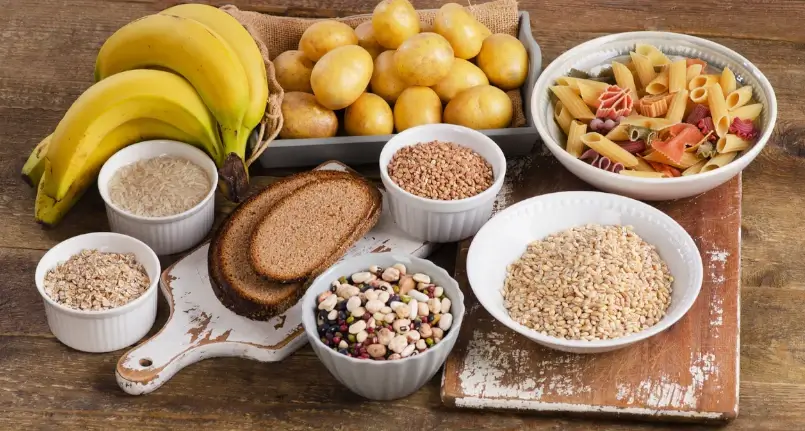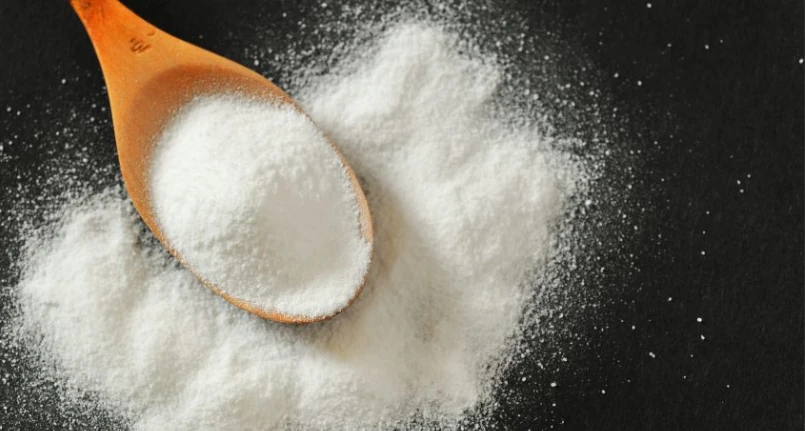Bitter taste and foods
Bitter foods are foods which – as they contain one or more bittering factors , in variable concentrations – are clearly perceived as bitter on the palate . The sensory organ responsible for capturing the bitter taste (not for processing it, which is the responsibility of the brain ) is the tongue, in particular the rear area. Note : tastes are not perceived by the olfactory system, which is instead responsible for the interpretation of even very complex flavours.
Which ones are they
What are bitter foods?
Bitter foods are mainly of a vegetable type, but not only; even the animal kingdom offers various products characterized by a bitter taste. Let’s proceed in order.
Bitter foods of plant origin
- Greens or Vegetables : Cichorium (Genus of chicory ), including white chicory , red chicory, cut chicory, chard chicory , wild chicory , endive and Belgian witloof ; rocket , some brassicas (genus of cabbages ), artichoke leaves , dandelions etc.
- Sweet fruit : juice and zest (especially the albedo, i.e. the white part) of grapefruit (yellow and pink ), juice and zest of bergamot , juice and zest of bitter orange, juice and zest of bitter orange , zest of all other citrus fruits ( lemon , orange , lime , tangerines , mandarins , etc.).
- Starchy seeds : Grains such as millet and sorghum , and pseudocereals such as amaranth .
- Aromatic herbs and spices : cloves , mugwort , thyme , marjoram , lovage , rosemary , tarragon , bay leaves and berries , juniper berries , myrtle berries , sorrel , sage , rue , licorice , bitter fennel , water clover , hyssop , tea, anise etc
- Most frequently used extracts : cinchona (Arboreal plant of the Andes), bitter orange , artichoke, gentian, centaury , quassium , holy thistle , cascarilla, hops , ginger , wormwood (artemisia) and peel of other citrus fruits.
- Others: black coffee, herbal infusions and extracts already mentioned, cocoa etc.
Bitter foods of animal origin
- Offal of terrestrial animals: in particular the liver and the kidneys . They are perfectly edible
- Offal of aquatic animals: especially the liver. That of fish is eaten in a similar way to that of terrestrial and flying creatures. Cuttlefish , on the other hand, fresh, is mainly consumed as a spreadable sauce or accompanying sauce (in Italy it is little appreciated )
- Derivatives: the most striking example is the fermented cuttlefish liver sauce (an oriental product not widespread in the West)
- Cheeses and some fermented soy products : the best known are undoubtedly blue or molded cheeses such as, for example, gorgonzola and brie .
Other products that have a particularly bitter taste are certain medications and supplements . In particular, referring to free amino acids and methylxanthines, they have a very bitter taste (in decreasing order): L- Tryptophan (its bitterness is about half that of caffeine), L- Phenylalanine , L Tyrosine , L- Leucine , creatine , carnitine , caffeine , theobromine etc.
Property
Health properties of bitter foods
Certain bitter foods of plant origin have various health properties. Others, however, are not edible and can be harmful (see below). The main beneficial characteristics of bitter foods are:
- Eupeptic and aperitif, suitable against excessive permanence of food in the stomach due to hypochlorhydria : they promote salivary and gastric secretion, facilitating digestion . Note : citrus peel terpenes exert a mild irritative action on the mucous membranes and are not recommended in case of gastritis
- Carminative , against swelling of the stomach and intestines : they facilitate the expulsion of excess gas by reducing swelling
- Cholagogue and/or choleretic : some bitter foods also have a beneficial effect on the secretion of bile by the liver and on its pouring from the gallbladder to the intestinal lumen
- Liver purification : it is a function limited to very few bitter foods; facilitates the expulsion of harmful molecules and promotes the metabolism of parenchymal cells
- Diuretic : increases renal filtration and expulsion of urine
- Anti-inflammatory : Certain bitter herbs perform a natural function against inflammation
- Promote Sleep : Some NOT banned bitter herbs promote relaxation and sleep; they are not many and have a subjective effect.
Application of some bitter foods with health properties
- Artemisias: they are very suitable against indigestion and idiopathic dyspepsia
- Holy thistle: it is useful against heartburn , bladder problems and intestinal swelling
- Water clover: against sore throat and stomach cramps
- Ginger: against inappetence and stomach cramps
- Gentian: for hypochlorhydria indigestion, bloating and flatulence . Note : yellow gentian has the highest content of bitter molecules among the plants known today.
- Hops: For bladder and kidney problems , and sleep disturbances
- Melissa : for sleep disorders
- Milk thistle and artichoke: strengthen the liver and regulate an irritated stomach
- Centaurea: improves liver disorders, but not as much as the previous two.
More generally:
- Against bad digestion of the stomach and intestinal swelling: cinchona, artichoke leaves, gentian, centaury, quassium, holy thistle, cascarilla, hops, ginger, wormwood, bitter orange and the peel of other citrus fruits. Note : many bitter principles, especially some essential oils , begin their digestive effect as soon as they are perceived by smell. It is therefore not the bitter taste itself that determines the effect, but the type of molecule which also possesses this characteristic
- Only against swelling of the stomach and intestines: cumin , anise and fennel
- Against poor liver and gallbladder function: chelisonia, artichoke, milk thistle, boldo , wormwood (mugwort) and dandelion.
Not Edible
Inedible bitter foods
Certain seeds are also very bitter which, however, are not always considered edible; some of these appear to have a poisonous effect. Some are:
- Bitter almonds : Prunus dulcis var. bitter . They contain amygdalin , a glucoside which is toxic because it turns into hydrogen cyanide . They also contain:
- Other seeds, for example apricots , peaches , plums , cherries .
- Citrus seeds
- Seeds of apples and pears
- Offal of terrestrial and aquatic animals:
- In fish, the kidneys are located outside the peritoneum , attached to the spine, and must be carefully removed when cleaning the fish to avoid leaving a bitter taste.
- The same goes for the gallbladder and bile juices, which are also considered a real waste even in the fifth quarter of terrestrial origin
- Some fish, such as sea bream for example , tend to accumulate a good dose of visceral fat if grown in the wild ; this, with a soft consistency, white color and faint smell of raw, dissolved in cooking leaves a quite perceptible bitter taste .
- Foods contaminated by bacteria , molds and harmful yeasts : the poor conservation of certain products leads to the development of pathogenic species which give a strongly bitter taste. A classic example is milk which, if it does not turn sour, can take on this characteristic.




